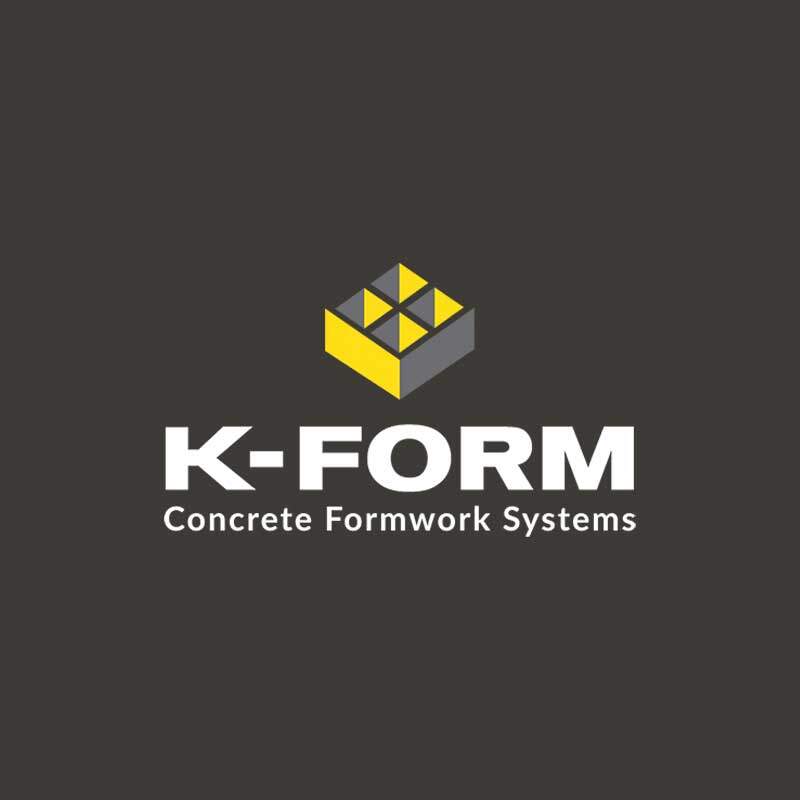Circular Construction: Building a Sustainable Future
Reuse C&D Materials to Reduce CO2
Circular construction aims to replace existing take-make-waste systems with a circular system that designs out waste and pollution, keeps products and materials in use, and regenerates natural systems. Circular construction places value on waste as a commodity by decoupling economic activity from finite resources.1 Think of buildings as “material depots” from which new buildings can harvest and reuse materials.
The construction and demolition industry generates large amounts of waste and creates excessive CO2 emissions. Generally, demolition projects contribute significantly more waste than new construction projects. Demolition represents more than 90 percent of total construction and demolition debris generation, while construction represents less than 10 percent.2
Renovation and reuse projects save between 50 and 75 percent of the embodied carbon emissions compared to constructing a new building.
What Is Circular Construction?
Circular construction is a sustainable building approach based on the principles of the circular economy. Many rainscreen cladding manufacturers are repurposing products to be partially recyclable or to reduce CO2 emissions in the production process. Steni Composite Stone and Petrarch Composite Stone rainscreen cladding panels are sustainably made and have a proven history of low CO2 emissions, reuse, and green building production practices.
- Designing for disassembly
- Using renewable or recycled materials
- Extending the life cycle of materials and components
- Reducing resource consumption and waste
Omnis Panels Are Reusable and Reduce Carbon Emissions
Looking to implement circular construction principles in your next project? Contact our team to learn how we can help you build smarter, more sustainably, and with future value in mind.










